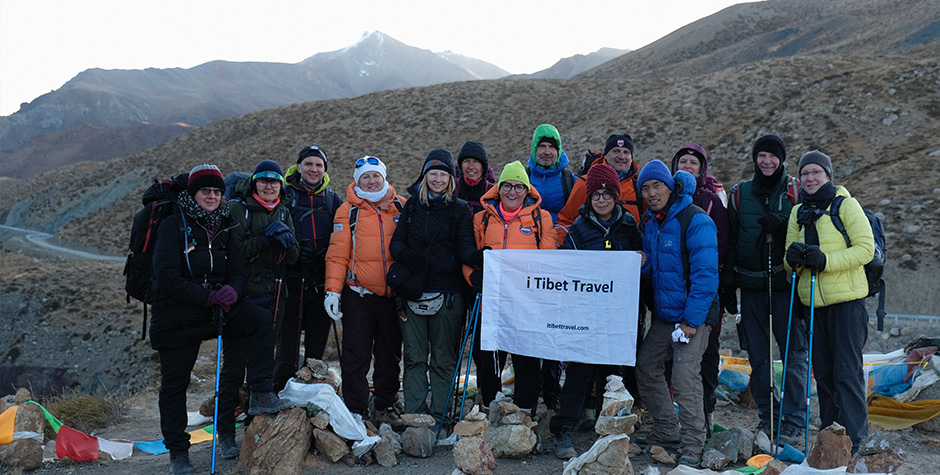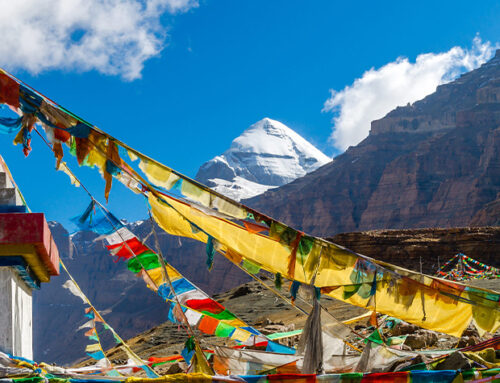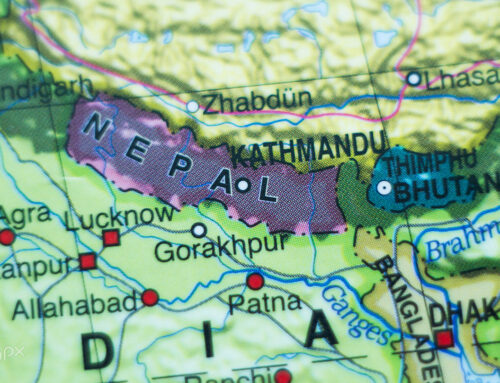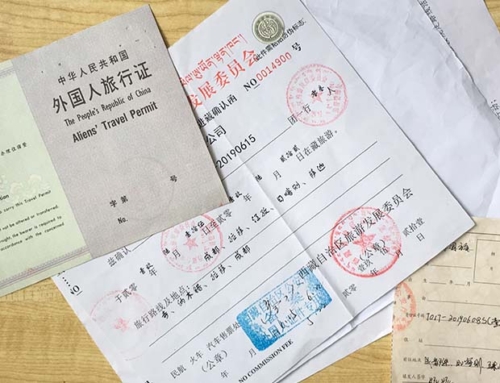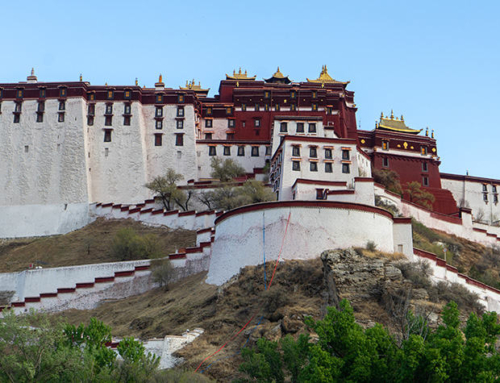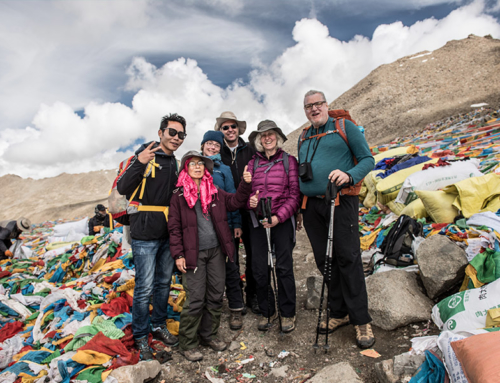Tibetan Buddhism is a rich tradition that encompasses various philosophical and spiritual practices. Within Tibetan Buddhism, Tantra and Vajrayana Buddhism hold a significant place, offering profound methods for spiritual growth and transformation. This article explores the essence of Tantra and Vajrayana Buddhism, their practices, rituals, and the unique aspects they bring to Tibetan Buddhism.
Overview of Tibetan Buddhism
Tibetan Buddhism, also known as Vajrayana Buddhism, emerged in the 8th century in Tibet and has since become a distinctive form of Buddhism. It incorporates elements from both Mahayana and Theravada traditions while also integrating indigenous Tibetan spiritual practices.
Understanding Tantra
Tantra is a Sanskrit term that refers to a set of esoteric practices aimed at attaining spiritual enlightenment. It is based on the belief that one can achieve liberation in this very body, transforming ordinary experiences into the path to awakening. Tantra utilizes various techniques such as visualization, meditation, mantra recitation, and ritual practices.
Tantra in Tibetan Buddhism
In Tibetan Buddhism, Tantra plays a crucial role in the pursuit of spiritual realization. It offers a profound framework to transform ordinary experiences into opportunities for awakening. Tantric practices emphasize the union of wisdom and compassion, recognizing the inherent nature of enlightenment within oneself.
Vajrayana Buddhism
Vajrayana, often referred to as the “Diamond Vehicle,” is a branch of Buddhism that emerged in India and later flourished in Tibet. It represents an advanced form of spiritual practice that incorporates Tantra as its central methodology. Vajrayana Buddhism places great emphasis on direct experience and the realization of one’s true nature.
Tantric Practices in Vajrayana Buddhism
Vajrayana Buddhism encompasses a wide range of tantric practices, including deity yoga, chöd, tummo (inner heat), and dream yoga. These practices aim to accelerate the path to enlightenment by utilizing the power of visualization, meditation, and mantra recitation.
Role of Mantras and Mudras
Mantras and mudras play a vital role in Vajrayana Buddhist practices. Mantras are sacred syllables or phrases chanted repetitively to invoke specific qualities or enlightened beings. Mudras, on the other hand, are hand gestures used during meditation and rituals to enhance concentration and channel divine energy.
Importance of Lineage in Vajrayana Buddhism
In Vajrayana Buddhism, the lineage holds great significance. The transmission of teachings from an authentic lineage ensures the purity and authenticity of the practices. A lineage connects practitioners to a long chain of realized masters, ensuring the continuity of wisdom and blessings.
Guru-Disciple Relationship
The guru-disciple relationship is a fundamental aspect of Vajrayana Buddhism. The guru, an enlightened teacher, guides the disciple on the path to realization. The bond between the guru and disciple is based on trust, devotion, and the transmission of blessings and teachings.
Mandalas and Rituals in Vajrayana Buddhism
Mandalas, intricate geometric designs representing the universe, are essential symbols in Vajrayana Buddhism. They serve as visual aids for meditation and are used in rituals to invoke specific deities or enlightened qualities. Rituals in Vajrayana Buddhism involve offerings, purification practices, and the recitation of prayers.
Initiation and Empowerment
Initiation and empowerment ceremonies are significant milestones in Vajrayana Buddhism. During these ceremonies, the guru confers blessings, teachings, and empowerments to the disciple. These empowerments enable the practitioner to connect with the enlightened qualities of a specific deity and engage in advanced practices.
Buddhist Deities and Visualization
Vajrayana Buddhism embraces a vast pantheon of Buddhist deities, each representing specific enlightened qualities. Visualization practices involve mentally embodying and merging with these deities, cultivating their attributes within oneself. This transformative process helps purify and awaken the practitioner’s inherent wisdom and compassion.
The Three Yanas in Tibetan Buddhism
Tibetan Buddhism encompasses the three yanas or vehicles: Hinayana (Theravada), Mahayana, and Vajrayana. Each yana represents a different level of spiritual development, catering to the needs and capacities of practitioners at various stages. Vajrayana Buddhism stands as the most advanced and expedient path to awakening.
Challenges and Misconceptions
The practice of Tantra and Vajrayana Buddhism is often misunderstood or misrepresented. Misconceptions arise due to the secretive nature of some practices, cultural differences, and limited exposure to authentic teachings. It is essential to approach these practices with guidance from qualified teachers and a sincere motivation for spiritual growth.
Conclusion
Tantra and Vajrayana Buddhism hold a significant place within Tibetan Buddhism, offering profound methods for spiritual awakening. Through tantric practices, visualization, mantra recitation, and ritual ceremonies, practitioners can transform ordinary experiences into opportunities for spiritual growth and realization. It is through the genuine guidance of a qualified teacher and the cultivation of wisdom and compassion that the path of Tantra and Vajrayana Buddhism unfolds.
FAQs
Q1) What is the difference between Tantra and Vajrayana Buddhism?
Answer) Tantra refers to a set of esoteric practices, while Vajrayana is a branch of Buddhism that incorporates Tantra as its central methodology.
Q2) How do mantras and mudras support Vajrayana Buddhist practices?
Mantras are sacred sounds that invoke specific qualities, and mudras are hand gestures that enhance concentration and channel divine energy during meditation and rituals.
Q3) Why is the guru-disciple relationship important in Vajrayana Buddhism?
The guru serves as an enlightened teacher who guides the disciple on the path to realization, transmitting blessings and teachings essential for spiritual growth.
Q4) What are mandalas, and how are they used in Vajrayana Buddhism?
Mandalas are intricate geometric designs representing the universe. They are used as visual aids for meditation and in rituals to invoke specific enlightened qualities.
Q5) What are the challenges and misconceptions surrounding Tantra and Vajrayana Buddhism?
Answer) Misconceptions arise due to the secretive nature of some practices and limited exposure to authentic teachings. It is important to approach these practices with guidance and a sincere motivation for spiritual growth.
About Tibet Travel & Tours
Tibet Travel & Tours is a local travel agency in Tibet that offers unique and authentic experiences to travelers from all around the world. As a leading tour operator in Tibet, we provide high-quality Tibet Travel services that are tailored to our clients’ needs and preferences.
Our team of experienced and knowledgeable professionals strives to ensure that our clients have a hassle-free and memorable trip in Tibet. We specialize in various types of tours, including cultural tours, trekking and hiking tours, and adventure tours.
Our commitment to providing exceptional service has earned us a reputation as one of the best local travel agencies in Tibet. Contact us today to plan your unforgettable trip to Tibet.
Explore Tibet with a local Tibetan Travel Agency
If you’re looking to explore Tibet, starting your journey with a reputable Tibetan travel agency in Tibet is crucial. Tibet Travel & Tours is a great choice to begin your adventure with their extensive knowledge of the region and commitment to responsible tourism.
Their Tibet tour packages cater to a range of interests and budgets, making it easy to plan a trip that suits your needs. Before embarking on your tibet tour, it’s essential to have the right Tibet travel information and necessary documents, including a Tibet travel permit.
The Tibet Travel Planner provided by i-Tibet travel is an excellent resource to plan your trip, including tips on what to pack, where to stay, and what to see.
For beginners, the “About Tibet” guide provided by i-Tibet travel offers a comprehensive overview of the region’s history, culture, and top attractions. So, start your Tibet travel plan here with i-Tibet travel and discover the magic of Tibet for yourself.

